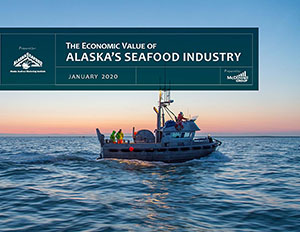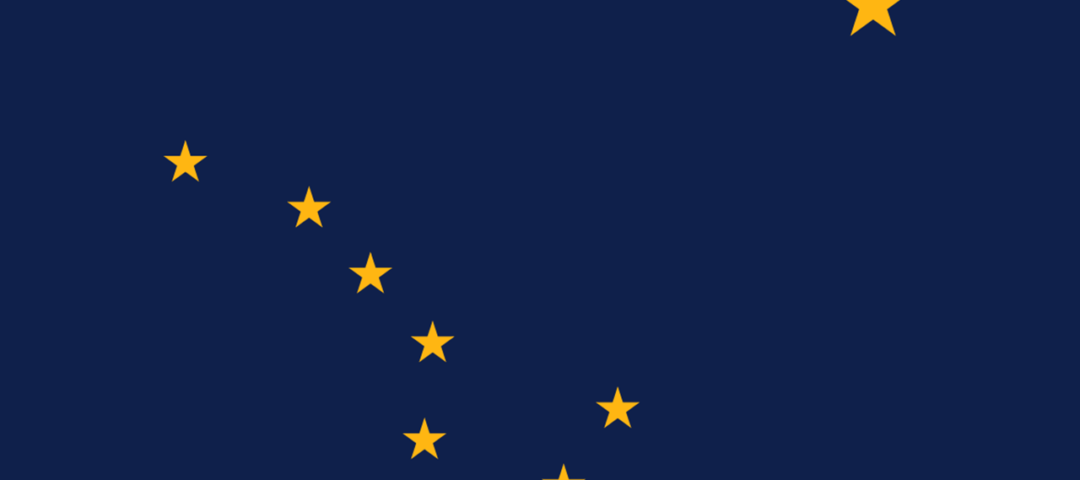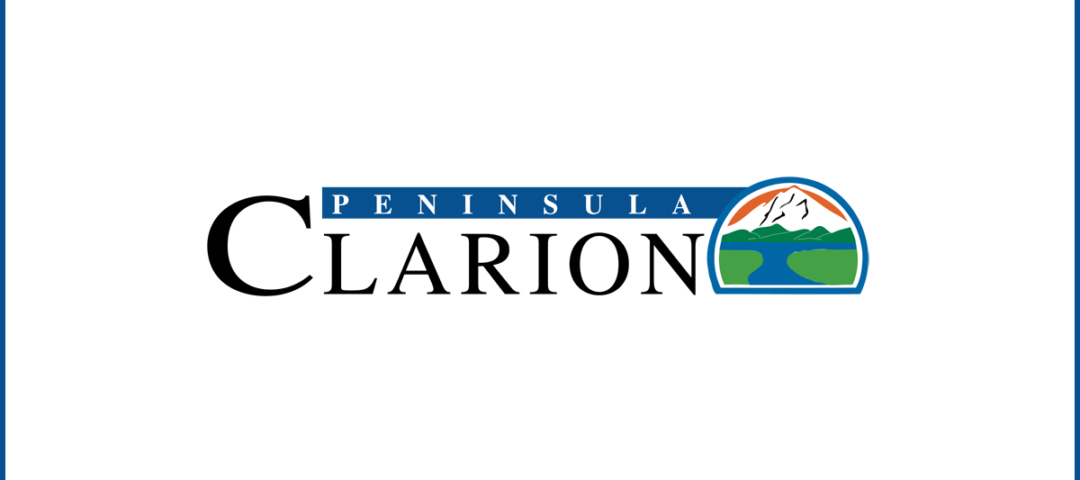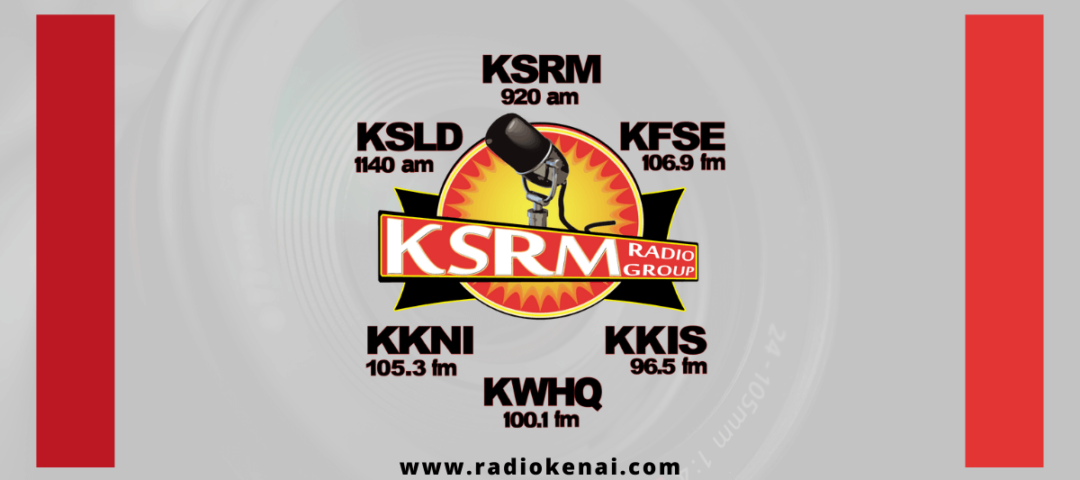
FAQs
Why does the Alaska Salmon Alliance exist?
The Alaska Salmon Alliance (ASA) was formed in 2011 by a group of concerned Cook Inlet fish processors to address the contentious atmosphere of Cook Inlet salmon fisheries. These concerned business men and women realized that the conflict around Cook Inlet salmon harvest and recreation has grown significantly over the last several decades as population and environmental pressures on the salmon resource have increased. This conflict has created an unpredictable, politically charged atmosphere that makes running a large-scale business difficult within in the salmon industry. These business leaders formed the ASA with the goal of helping to make Cook Inlet salmon a more sustainable and less contentious resource, and improve the stability of salmon management both for conservation and business purposes.
To achieve their goals, the Alaska Salmon Alliance founding members have decided to address the conflict of Cook Inlet’s maximally-allocated salmon resources head on. They work to promote salmon education, science-based management and policy, and cooperative, inclusive effort by resource users toward a more sustainable future for Cook Inlet salmon.
What makes the Alaska Salmon Alliance different from any other fishing group?
There are a number of fishing related groups in the Cook Inlet watershed representing a range of purposes and interests. Many of these groups do important work within their communities promoting conservation of salmon habitat, education, and opportunities for users to learn about and utilize their local fish resources. The Alaska Salmon Alliance applauds these efforts and works to support them through partnerships with other organizations.
The Alaska Salmon Alliance stands apart from these groups in several important ways:
First and most importantly, we believe that Cook Inlet fisheries belong to all fishers and that all user groups should be able to share in the fantastic harvest, recreation, economic, and cultural bounties Cook Inlet salmon provide. We are not interested in promoting our interests above those of any others, but instead want to work with others to find solutions to conflict that work for everyone. We realize this is a lofty goal, but ours and other research shows that conflict is the #1 impetus to sustainability within our fisheries (see articles). We think it is worth a concerted effort to collaborate, initiate inclusive conversation between user groups, and address problems (both conservation and social) as a community instead of fighting against one another in our respective factions.
Second, we view Cook Inlet from both the human and ecological dimensions. We want to work with users, stakeholders, and fishers from all parts of the Cook Inlet watershed, not just the Kenai Peninsula. Our partnerships are formed with groups from MatSu, Anchorage, Kenai, Homer, and all communities in between. We recognize that people from these different areas have different interests in the fishery and acknowledge each person’s unique participation as valid and important. However, we also recognize that Cook Inlet salmon are a renewable but not infinite resource, and we must work together to find a way to balance the participation of all user groups in a way that benefits both users and the resource.
Third, we are taking the time to listen, seek out the next generations of fishers, and include others in our work. We realize that this conflict runs deep and may take time to fully understand. However, we think there are few resources more precious than Cook Inlet salmon and we are willing to put our time, energy, and financial support into finding the best solutions possible.
How are we funded?
The Cook Inlet processing companies that make up the ASA have assessed themselves a penny per pound of sockeye salmon purchased each fishing season, and voluntarily contribute that sum to ASA. In addition, a great number of fishers also contribute a penny per sockeye pound harvested to ASA annually as a partnership with their chosen processor. In the future, the ASA hopes to partner with research opportunities, seek grants, and collaborate with other funding opportunities to promote the organization’s goals.
Recent News
Governor Dunleavy Appoints Alaskans to the Board of Fisheries and Board of Game
Monday, March 28, 2022 (Juneau) – Governor Mike Dunleavy today appointed four Alaskans to fill open seats on the Alaska Board of Game and the Alaska Board of Fisheries, and made one reappointment to the Board of Game.
Alaska fishing resources be supported equally
We are Alaskans and fishing is an Alaska resource. It is time to recognize commercial and sport as one.
Availability Of Additional H-2B Visas Welcomed By Congressman Young And Sen. Murkowski
The Department of Homeland Security and the Department of Labor announced 20,000 additional H-2B nonagriculture worker visas for the first half of fiscal year 2022.
Board of Directors
Norm Darch, Executive Director
Mike Simpson, E&E Foods, VP of Alaska Operations (President)
Erik Huebsch, Kasilof Drift boat owner (Vice-President)
Janet Carroll, OBI Foods (Board Member)
Joseph Person, Setnet Fisherman (Board Member)
Richard King, Rogue Wave Processing (Board Member)
Robert Nathanson, OBI Foods (Alternate Member)
Ryan Doktor, E&E Foods, Plant manager (Alternate Member)
The Economic Value of Alaska's Seafood Industry

The Alaska Seafood Marketing Institute (ASMI) is a public-private partnership between the State of Alaska and the Alaska seafood industry established to foster economic development of the state’s most valuable renewable natural resource.
Contact Information
Email: aksalmonalliance@gmail.com
Mail: PO Box 586, Kenai, AK 99611
Kenai Office
110 N. Willow St. #108
Kenai AK 99611
Phone: (907)395-7068



